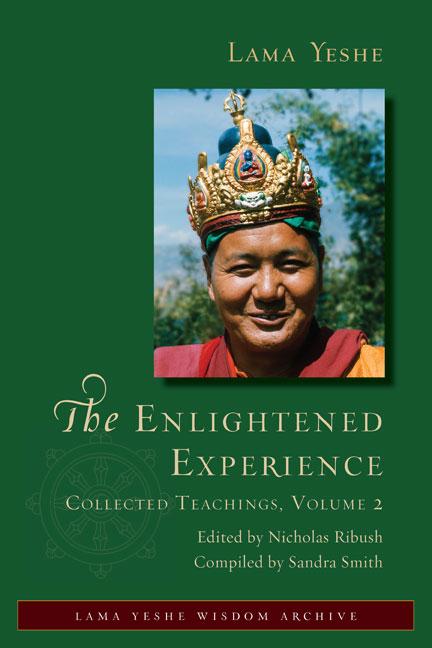Dear Friends,
Welcome to the August issue of our monthly e-letter. We hope you enjoy reading updates of the latest work that we've undertaken together, for the benefit of all beings everywhere. Please share!
THE ENLIGHTENED EXPERIENCE: COLLECTED TEACHINGS, VOLUME 2
Visit our online store to order Volume 2 of The Enlightened Experience from your favorite vendor. LYWA Members can download the ebook for free from the Members Area.
On the LYWA Podcast: My Life as a Tulku
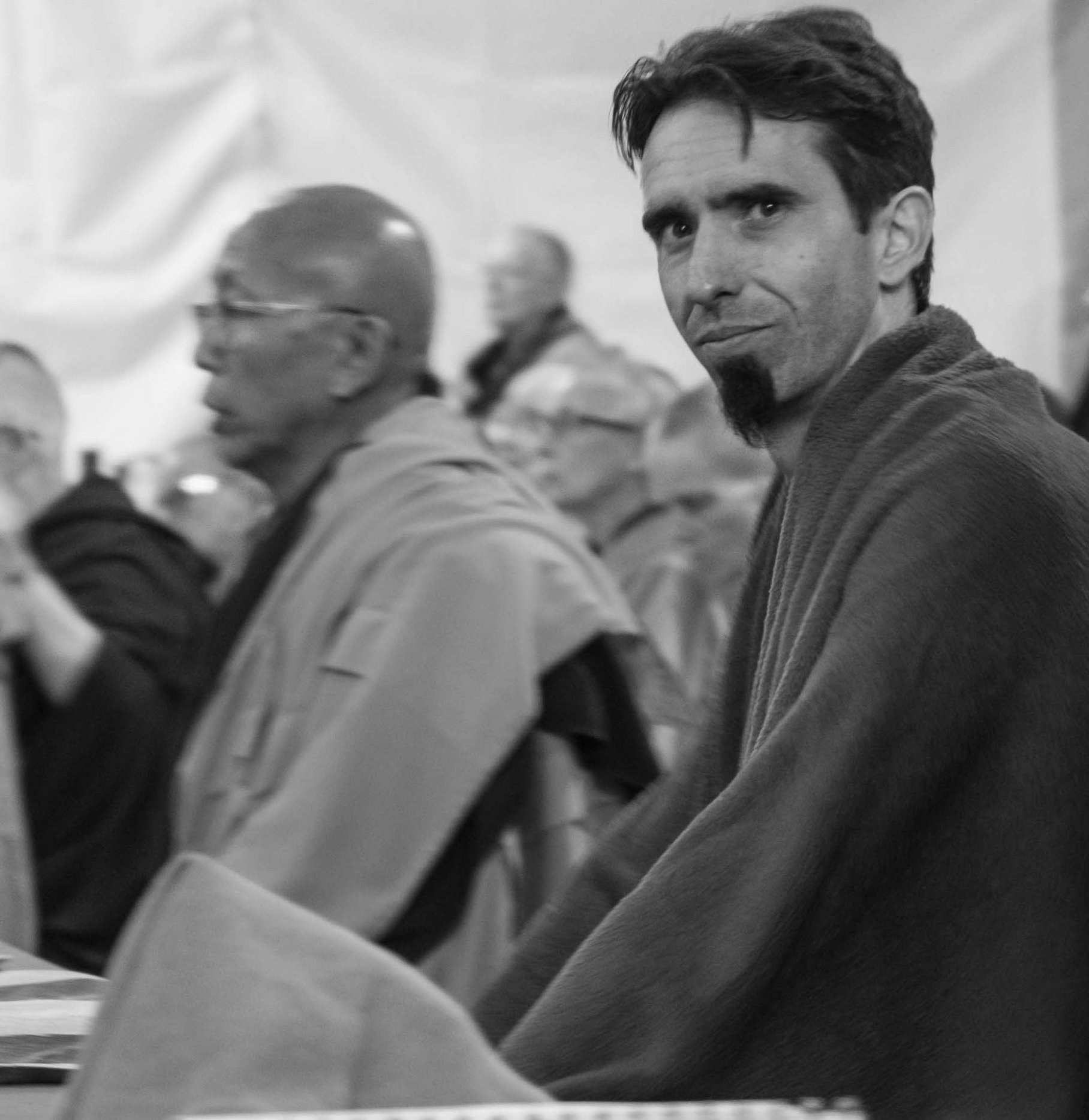 In this month's podcast, Tenzin Ösel Hita participated in the ongoing series “Taste of Buddhism” offered by FPMT center Tse Chen Ling in San Francisco on August 11th, 2019. As part of this frank and open talk, Ösel shared his thoughts on the role of Dharma in the modern age and his experience navigating life as the recognized tulku of Lama Yeshe.
In this month's podcast, Tenzin Ösel Hita participated in the ongoing series “Taste of Buddhism” offered by FPMT center Tse Chen Ling in San Francisco on August 11th, 2019. As part of this frank and open talk, Ösel shared his thoughts on the role of Dharma in the modern age and his experience navigating life as the recognized tulku of Lama Yeshe.
The LYWA podcast contains hundreds of hours of audio, each with links to the accompanying lightly edited transcripts. See the LYWA podcast page to search or browse the entire collection by topic or date, and for easy instructions on how to subscribe.
WHAT'S NEW ON OUR WEBSITE
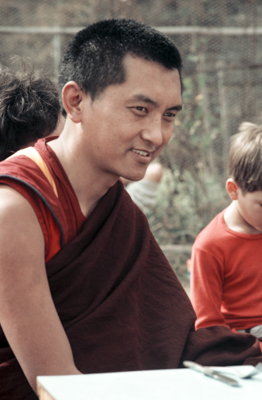 We have two newly posted teachings by Lama Zopa Rinpoche both given in Bodhgaya, India. In the Benefits of Circumambulation teaching Lama Zopa reads his own translation of verses from a sutra found in the Kangyur, the Tibetan Buddhist canon. Rinpoche also gives a commentary on the verses, which outline the extensive benefits of circumambulating stupas. Excerpted from a teaching given at Root Institute, Bodhgaya, in December 1999.
We have two newly posted teachings by Lama Zopa Rinpoche both given in Bodhgaya, India. In the Benefits of Circumambulation teaching Lama Zopa reads his own translation of verses from a sutra found in the Kangyur, the Tibetan Buddhist canon. Rinpoche also gives a commentary on the verses, which outline the extensive benefits of circumambulating stupas. Excerpted from a teaching given at Root Institute, Bodhgaya, in December 1999.
We have also posted a teaching from Rinpoche on the benefits of practicing in Bodhgaya, where the Buddha attained enlightenment. Rinpoche advises specific practices to be done while on pilgrimage and gives a detailed explanation of how to dedicate the merit. Excerpted from a teaching given to a Russian group at Root Institute, Bodhgaya, India, on January 26, 2002.
As usual we like to share with you new additions to Lama Zopa Rinpoche's Online Advice Book:
- Why the Sky is Blue: Rinpoche wrote this letter to a student’s nine-year-old son, explaining why the sky appears blue according to Buddhist cosmology.
- How to Bring Harmony to the Center: In this letter, Rinpoche offers suggestions for the Dharma center and explains what it means to be a Buddhist.
- Amitayus Meditation at Maratika: Rinpoche gave this advice on how to meditate at Maratika, a sacred place in a remote region of Nepal.
- All-Night Tara Praises for His Holiness the Dalai Lama: Rinpoche sent this letter to a center director and geshe, thanking them for arranging recitation of Praises to the Twenty-one Taras dedicated to His Holiness the Dalai Lama.
On our website, you can always find a list of all the newly-posted advices from Lama Zopa Rinpoche.
Big Love Update
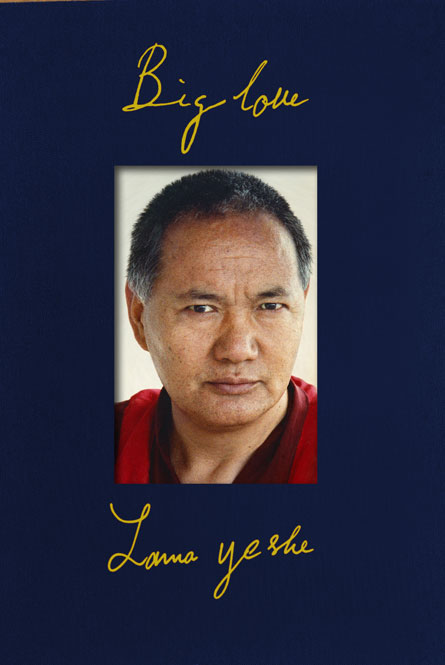 Well, our mammoth project, Big Love: The Life and Teachings of Lama Yeshe, is still close to completion. The indexing is taking longer than we expected but it is proceeding nicely and we now plan to print the book in October.
Well, our mammoth project, Big Love: The Life and Teachings of Lama Yeshe, is still close to completion. The indexing is taking longer than we expected but it is proceeding nicely and we now plan to print the book in October.If you are unable to make a donation at this time, you can register your interest in purchasing a copy of the book when it is published by sending an email to [email protected]. When the book is available, we will email you with a link to place your order.
Thank you again for your interest in and support of LYWA. We couldn’t do it without you!
Much love

Nick Ribush
Director
THIS MONTH'S TEACHING: Doing Two Things at Once
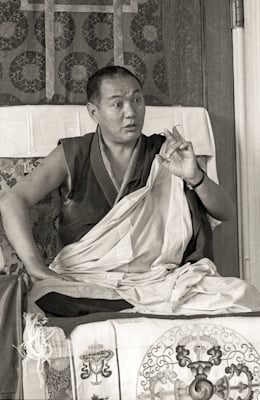 In Lord Buddha’s Mahayana tradition, we always emphasize the great importance of uniting method and wisdom in order to attain the highest realization of enlightenment. If you have only wisdom but not method, it’s impossible to realize totality. Even in our daily lives we need both method and wisdom to keep our lives together. Without method, our daily lives reflect mental disorder. Intelligence alone is not enough.
In Lord Buddha’s Mahayana tradition, we always emphasize the great importance of uniting method and wisdom in order to attain the highest realization of enlightenment. If you have only wisdom but not method, it’s impossible to realize totality. Even in our daily lives we need both method and wisdom to keep our lives together. Without method, our daily lives reflect mental disorder. Intelligence alone is not enough.
It’s important to be realistic and keep your lifestyle together. With intelligence, you can see what has to be done, but laziness and inaction prevent you from doing it. This is an example of a lack of method. Your wisdom can see what to do but you can’t put it into action. This brings problems into your life. Instead of being orderly, harmonious and integrated, your life is disorderly, disjointed and fragmented.
Keeping your lifestyle together does not mean being rich, having a car and being materially well off in general. That’s not what it signifies. It means that even if you have very few possessions, your room is tidy and comfortable—if you have just a few things and they are all over the place, the disorder reflects in your mind. Therefore, it’s important to keep things together. This is just a simple example but it’s applicable to your Dharma practice. For inner development, to find liberation, you have to practice method and wisdom together.
Many times I hear Dharma practitioners blame their problems on their Dharma practice and complain that their Dharma practice does not help them. It’s almost as if they’re criticizing Dharma. When they get depressed, they question and criticize Dharma and have doubts about continuing their practice. The problem is not Dharma; the problem is that these people are confused. They don’t know what Dharma is. That’s why it doesn’t help.
When we explain Dharma, we don’t say that it’s a material object. We don’t say the dorje and bell are Dharma. If we did, then perhaps you could have doubts about how helpful it is for you. Thinking of Dharma in material terms is a misconception, but unfortunately it’s fairly common.
Other people feel that their meditation doesn’t help them. If that’s how you feel, check how you’re meditating. The thing is, no matter what you do, your experience is personal and unique. Don’t put meditation up there while you’re down here and then complain that it doesn’t help like it used to. It doesn’t help because you’ve created a gap between yourself and your meditation. The point I’m trying to make is that you must practice method and wisdom together.
You must also understand that the way method and wisdom are practiced in Paramitayana is very different from the way they’re practiced in Tantrayana. If it were the same for both vehicles, tantra would be no faster or more powerful than sutra. Tantrayana and Paramitayana would then be the same.
In Paramitayana practice, the way method and wisdom are practiced together is alternately. Sometimes your consciousness is wisdom; at other times it’s method. They are two different things. In tantric yoga, method and wisdom occur together in the same consciousness. This is difficult to explain and takes time to understand, but gradually you’ll manage.
It’s more difficult to put two things into the one space at the same time than to put them in two different spaces, so putting method and wisdom simultaneously into the one consciousness is also difficult. It’s hard for the unintelligent mind to comprehend two things at once. The simple mind can comprehend two things one at a time but not both together. As we often say, “Tell me one thing at a time,” or “I can’t do two things at once.” Therefore, if you want to practice tantric yoga, it means you’re saying, “I’m intelligent enough to do two things at once.”
Lama Yeshe gave this teaching at Manjushri Institute, England, in July 1977. Edited by Nicholas Ribush.























